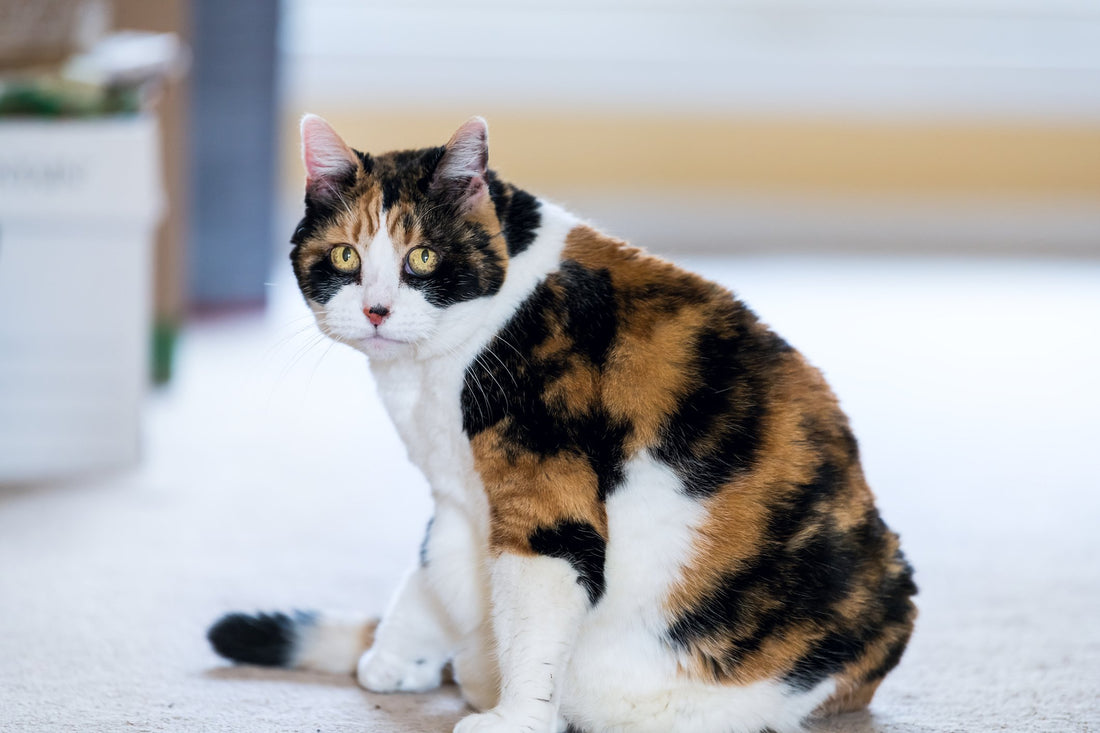
A Scooting Cat Might be Trying to Tell You Something's Wrong
Cats do their business in the litter box. Unlike dogs, who have no problem going to the bathroom in front of the public eye, cats tend to take care of their behinds and what comes out of them in private, safe spaces. Cats are quite hygienic too, working to keep their entire body clean and free of irritants.
This is why the sight of a cat scooting across the floor may be alarming to pet owners. Scooting, or the act of dragging its behind across a carpet, patch of grass or other surface, is very uncommon behavior for cats and usually only happens if something is wrong.
If you notice your cat scooting, take note of any other symptoms it is displaying and make an appointment with the veterinarian to have the problem identified and treated.
What causes cat scooting?
Scooting may be a one-off situation to scratch a random, hard-to-reach itch, but repetitive scooting is cause for concern. Typically, cats start scooting because of some form of irritation back there. This may be external, internal or both and can be caused by a few different things.
1. Anal gland problems
The most common cause of scooting in cats is trouble with the anal glands. Situated internally on both sides of the anus, the anal glands produce a smelly substance that cats use to mark their territory. These glands get emptied every time your cat defecates.
Sometimes, the anal glands can become clogged or impacted if they don’t get emptied as often as they should. This might be caused by loose stools or a lack of muscle tone. Anal glands can also become irritated or inflamed if there is an irritant in the digestive system. In severe cases, the gland can become infected, making the irritation in the anal region worse for your cat.
To fix the problem, you’ll need to visit the vet, where they can manually empty the anal glands to reduce the irritation.
2. Gastrointestinal parasites
Gastrointestinal parasites, like giardia or worms (such as tapeworms or hookworms) can enter your cat’s digestive system and latch on, sucking up the nutrients from its body. Often, parasites cause digestive problems and can lead to chronic damage in the intestines if not treated. The irritation parasites cause may force your cat to scoot for relief.
If you see your cat scooting, look out for signs of diarrhea, constipation, appetite changes and weight loss, as these are also symptoms of parasites in the intestines. Take your cat to the vet as soon as possible. Your vet can identify the existence of and type of parasite and provide you with medication or dewormer to remove worms from its system.
3. Allergic reactions
If your cat is sensitive to a particular allergen, an allergic reaction may manifest on the skin. This is also called atopic dermatitis. These reactions will usually cause bumpy, red and inflamed skin that can reach all the way to the anus. If the skin is quite irritated, your cat might begin to groom excessively, licking and biting at the area. This can lead to hair loss, more inflammation or possible infection.
The cause of the reaction might be an internal allergen like perfume or dust, an outdoor allergen like pollen or grass or a certain type of food your cat eats. Food allergies can also cause instability within the gut, resulting in loose stools or diarrhea, which can further irritate the anus. Add probiotics to your cat’s diet to help with food sensitivities and stool consistency.
What to do if your cat scoots
If you notice your cat scooting, you should take action immediately because it is likely very uncomfortable for your cat—not to mention unhygienic for your home.
Before calling the vet, take a peek under your cat’s tail. Look for any debris like dried feces or litter clumps that might be irritating the skin. The solution may be as simple as wiping the area with a damp cloth. Also, look for signs of irritation such as redness or inflamed skin.
If the problem doesn’t lie with debris around the anus, make an appointment with your vet. Be sure to inform them of any additional symptoms your cat has been showing. They’ll be able to diagnose the problem and put your cat on medication or provide other forms of treatment once the underlying problem is identified. After treatment has been implemented, your cat should be comfortable and scoot-free once again.


